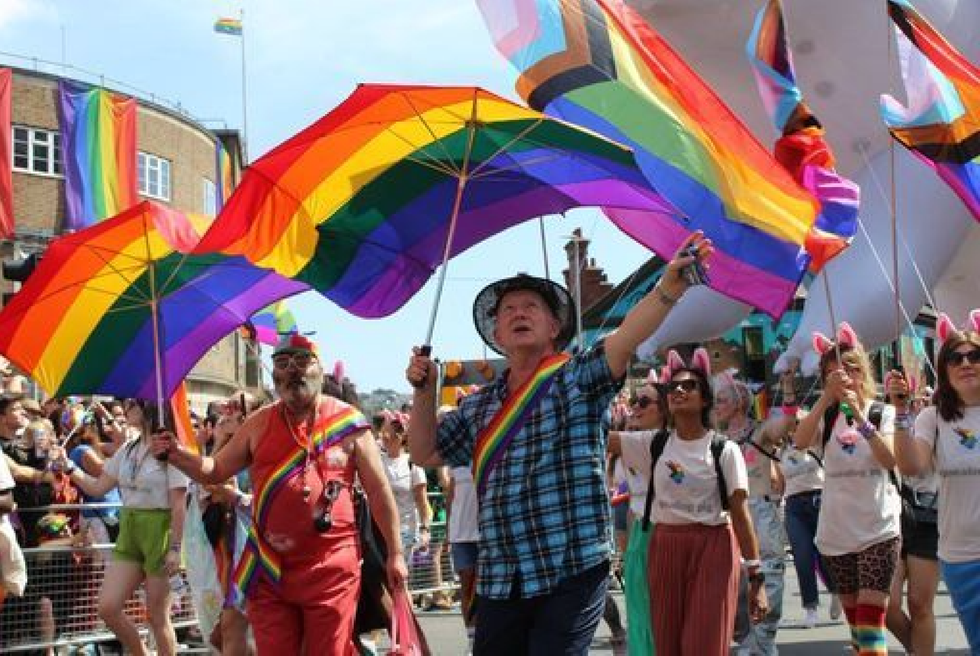
The UK transgender population could be smaller than originally thought
PA
An investigation has been launched over whether certain people understood a trans census question
Don't Miss
Most Read
Trending on GB News
MPs and campaigners have voiced concerns about an "exaggerated" focus on transgender issues after it emerged official statistics may have "significantly overestimated" the trans population.
It comes after findings from the Office for National Statistics have suggested there are 262,000 transgender people in England and Wales that should be "treated with caution", academics said.
However, Carl Heneghan, director of Oxford University's Centre for Evidence-Based Medicine, said the ONS findings could be "biased" because it does not do fieldwork to test their validity.
He backed Michael Biggs, an associate professor in sociology at Oxford, who believes the question used to record gender identity in the 2021 census may have confused respondents whose main language was not English.

Brighton and Hove is said to have 'anomalies' from the ONS data.
PA
Both academics believe this may explain why the London boroughs of Newham and Brent, where many speak English as a second language, recorded the highest proportion of transgender people in the UK.
It may also explain why one in 67 Muslims said they were transgender, they said.
Other 'anomalies' included Brighton and Hove, home to the country's longest-running Trans Pride celebration, having the twentieth-largest trans population.
Dr Biggs said in The Spectator magazine that the ONS data was "scarcely credible".
The ONS published figures in January showing 262,000 people, or 0.5 per cent of the population over 16, declared themselves as transgender, which was based on answers to the 2021 census.
Of the 262,000, 118,000 did not provide extra detail, while 48,000, or 0.1 per cent of the population aged 16 and over, identified as a trans man.
Adults whose first language was not English accounted for 10 per cent of the population but made up 29 per cent of the trans total.
Those who speak English poorly were also found to be five times more likely to be trans.

The ONS said its gender identity census results were "broadly consistent with NHS data collected in the same year"
PA
The ONS said its gender identity census results were "broadly consistent with NHS data collected in the same year".
However, the statistics regulator is now examining the concerns that the data behind the landmark census figures on the transgender population may be inaccurate.
A spokesman said: "While the question on gender identity was tested thoroughly, it is possible individual responses were affected by different interpretations of the question.
"We will do more work to understand whether that was an issue."







